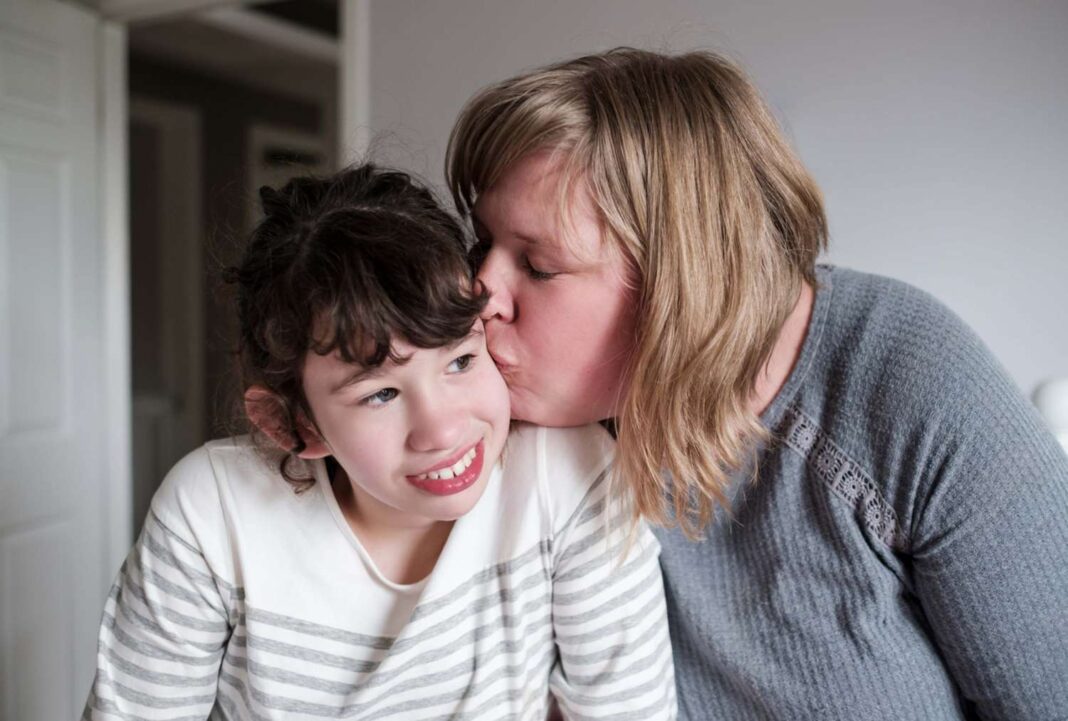Identifying Autism Traits and Diagnosis Methods
Identifying Autism Traits
Autism diagnosis in children often can be completed by age 2. It is based on traits and milestones that are evaluated during routine early childhood screenings recommended by the American Academy of Pediatrics (AAP). Some children receive a diagnosis later in life.
The Testing Tools
The testing tools, observations of their play style, and interviews with parents or teachers are used to determine whether a child’s traits meet the diagnostic criteria of autism spectrum disorder (ASD). These criteria are outlined in the American Psychiatric Association’s Diagnostic and Statistical Manual for Mental Disorders (DSM-5).
Common Autism Traits
Autism traits are broadly categorized as either social or behavioral, meaning how the person interacts and communicates verbally and non-verbally, or how they behave in relation to neurotypical norms associated with their peers.
Social Traits
Social characteristics of autism commonly recognized in children include:
- Avoiding or being unable to maintain eye contact
- Not responding to their name by 9 months
- Not showing facial expressions by 9 months
- Not playing games like pat-a-cake by 12 months
- Using few, if any, gestures like waving goodbye by 12 months
- Not sharing expressions of interest (like showing you an object they found) by 15 months
- Not pointing to objects or people by 18 months
- Not noticing when others are hurt or upset by 24 months
- Not noticing other children or joining them in play by 36 months
- Not engaging in imaginative play (like pretending to be a superhero) by 48 months
- Not singing, dancing, or play-acting by 60 months
Behavioral Traits
Behavioral traits commonly recognized in autistic children include:
- Playing with toys the same way every time
- Focusing on specific parts of an object (like a wheel on a toy car)
- Getting upset when the order of things is changed
- Flapping hands, rocking the body, or spinning in circles (called stimming)
- Repeating words or phrases over and over (called echolalia)
- Following certain routines ritualistically
- Having unusual sensitivity to sounds, smells, tastes, appearances, or textures (called sensory hyperstimulation)
Can Autism Go Undetected?
Autism is frequently diagnosed in children but often undetected for years in adults. This may be because they have low support needs or have simply learned to compensate for their disabilities over time. Despite being able to cope, people with undiagnosed autism are at greater risk of depression, anxiety, and isolation.
Common Tests Used to Diagnose Autism
Autism can often be diagnosed at 18 months of age or even younger. By age 2, a diagnosis of autism by a qualified healthcare provider can usually be considered reliable.
The diagnosis may involve watching the child in a structured environment, asking the parents or caregivers a battery of questions, or providing them with a series of questionnaires. There are a number of tests commonly used by mental health professionals to help diagnose autism in toddlers and young children. The following four tests are recognized tools.
Autism Diagnostic Interview-Revised (ADI-R)
The Autism Diagnostic Interview-Revised (ADI-R) is a structured interview with parents or caregivers to help differentiate autism from other possible causes. Intended for children who are at least 2 years old, it is considered a "gold standard" diagnostic test.
Summary
Autism is diagnosed based on a battery of tests that evaluate a child’s behaviors, social interactions, and communication skills. Tests such as the Modified Checklist for Autism in Toddlers, Revised (M-CHAT-R) may involve interviews or questionnaires with parents or caregivers, and/or play-based activities with toddlers and children suspected of having autism.
FAQs
- Q: Can autism be diagnosed in adults?
A: Yes, autism can be diagnosed in adults, although it is often undetected for years. - Q: What are the common signs of autism in children?
A: The common signs of autism in children include social and behavioral traits, such as avoiding eye contact, not responding to their name, and not engaging in imaginative play. - Q: What are the tests used to diagnose autism?
A: The tests used to diagnose autism include the Autism Diagnostic Interview-Revised (ADI-R), the Modified Checklist for Autism in Toddlers, Revised (M-CHAT-R), and others. - Q: How is autism diagnosed in children?
A: Autism is diagnosed in children through a combination of testing, observations, and interviews with parents or caregivers.





